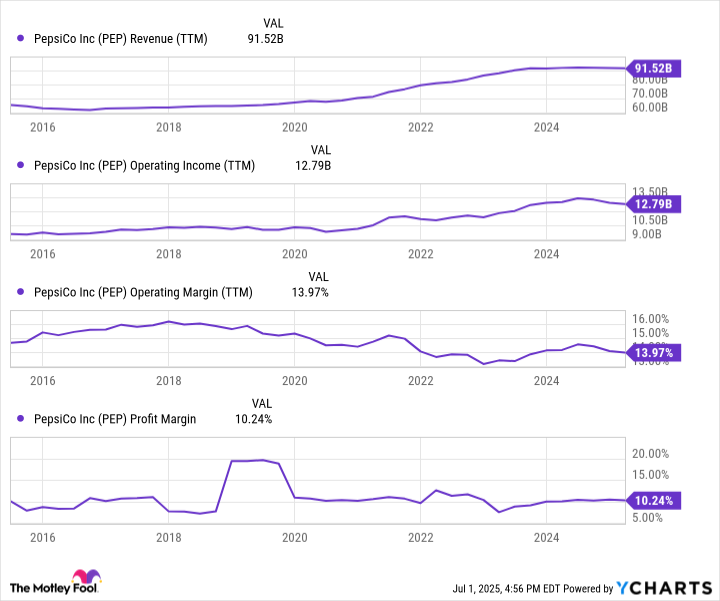It appears our solar system is getting more popular with out-of-towners.
Astronomers may have found a third interstellar object, something that has origins beyond our own solar system.
The first interstellar object was ‘Oumuamua, discovered in 2017. The second was a comet called 2I Borisov.
This new object, which is temporarily designated A11pl3Z by the International Astronomical Union’s Minor Planet Center, was discovered using a survey telescope called the Asteroid Terrestrial-impact Last Alert System (ATLAS), which serves as an asteroid impact early warning system. A11pl3Z is not believed to pose any danger to Earth.
“We now have observations from over a week or so that indicate that it’s orbit is pretty clearly interstellar,” said Paul Weigert, a professor at Western University’s department of physics and astronomy in London, Ont. “It’s travelling too fast to be bound to the sun, and so it has presumably come to us from outside our solar system.”
It’s unknown at the moment what the object is, whether it’s an asteroid or a comet.
When first discovered, ‘Oumuamua was believed to be an oblong asteroid, but follow-up observations confirmed that it was a comet, just as 2I Borisov was later.

An artist’s illustration of the interstellar object ‘Oumuamua, which scientists now suspect it is a comet, and not an asteroid. (ESA/Hubble, NASA, ESO, M. Kornmesser)
The reason that astronomers believe A11pl3Z comes from beyond our solar system is due to something called its eccentricity.
Periodic comets, which orbit the sun repeatedly, tend to have eccentricities between 0.2 and 0.7. Those with numbers greater than one are considered hyperbolic comets and likely originate from the Oort Cloud which surrounds our solar system and contains billions of icy objects. It could also indicate that an object is from beyond our solar system.
Objects with high eccentricities indicate that they come from beyond the solar system. In this case, it’s currently estimated that A11pl3Z has an eccentricity of six. As astronomers gather more data over time, this number is likely to change.
So what do we know?
“Right now, it’s beyond the orbit of Mars, so it’s fairly far away,” Weigert said. “It’s almost at Jupiter’s orbit, but it is coming inwards. It won’t get much closer than Mars’ orbit … It’ll be at that closest point in October, so a few months from now, and then it will leave and start heading out of the solar system.”
Good news for Earth.
As for it’s size, more will be known over time, but right now the indication is that it’s a big one.
“It’s probably about 10 kilometres across,” Weigert said, which would make it the biggest of three interstellar visitors observed so far.
So, are we sure it’s not an Unidentified Flying Object (UFO) or an Unidentified Anomalous Phenomena (UAP), a term used by scientists to describe things observed in the sky that remain unexplained?
“Well, certain, as we can be,” Weigert said. “It has not demonstrated any unusual behaviour. It’s just travelling through the solar system in exactly the way we would expect for an interstellar object … There’s no indication that it’s in any way unusual in that sense.”
Bummer for UAP enthusiasts.
Whatever it is, you can be certain that all the major telescopes now have their sights on A11pl3Z. It’s also an exciting time as the new Vera C. Observatory in Chile has just become operational, which Weigert said is expected to discover one to 10 of these objects every year.
Why have we just started discovering these objects?
“Presumably, these things have been passing through the solar system more or less regularly, and it’s only now that our telescopes are getting better,” Weigert said. “We’re doing our surveys deeper and deeper into the space around us that we’re actually starting to catch these things.”
For Weigert — whose research focuses greatly on asteroids and comets — studying these objects up close and personal would be a dream come true.
“It’s amazing to think that when you look out into the night sky and you see all these stars, I mean, they’re beautiful, they’re amazing, but they’re really far away,” he said. “At the same time … bits and pieces of these star systems are travelling to us. And they, sort of, come within our grasp.”







